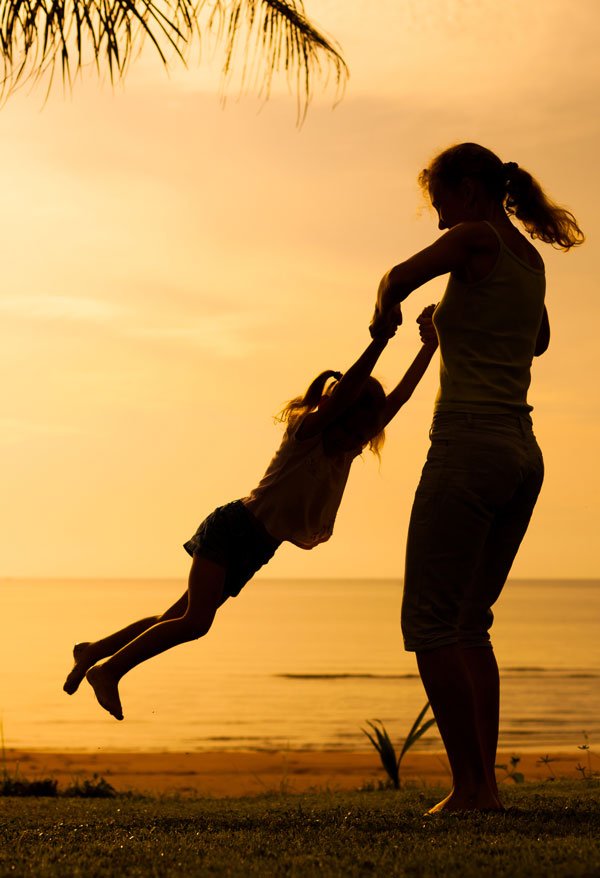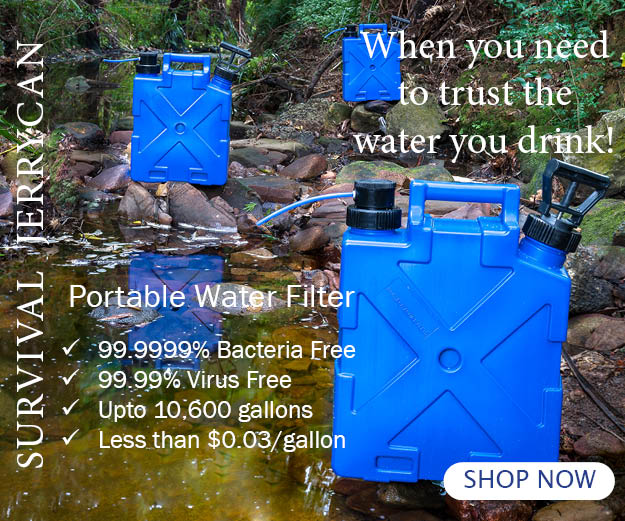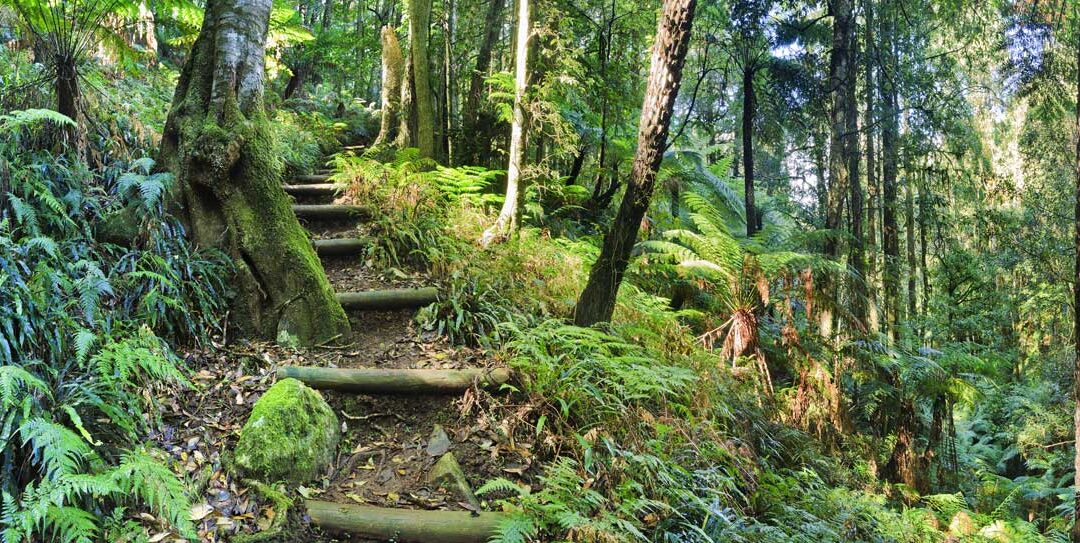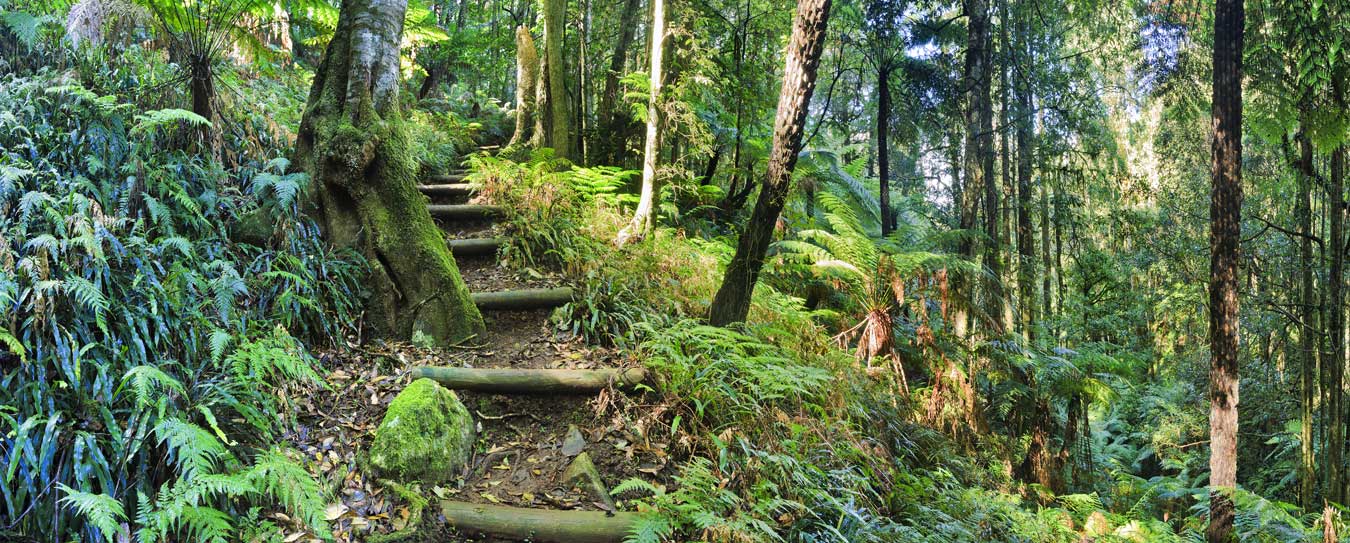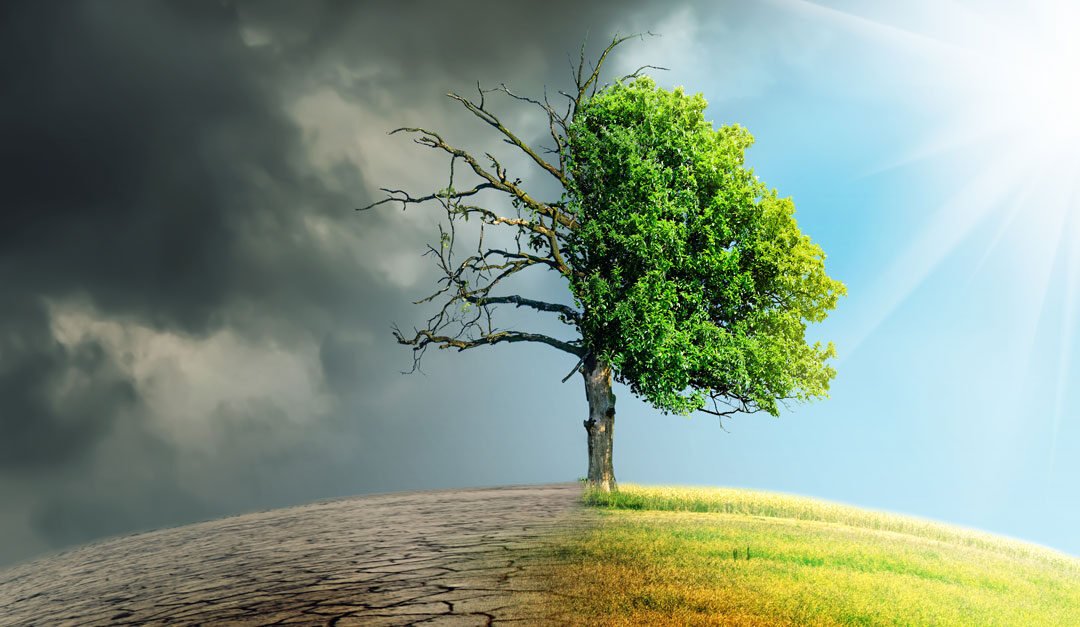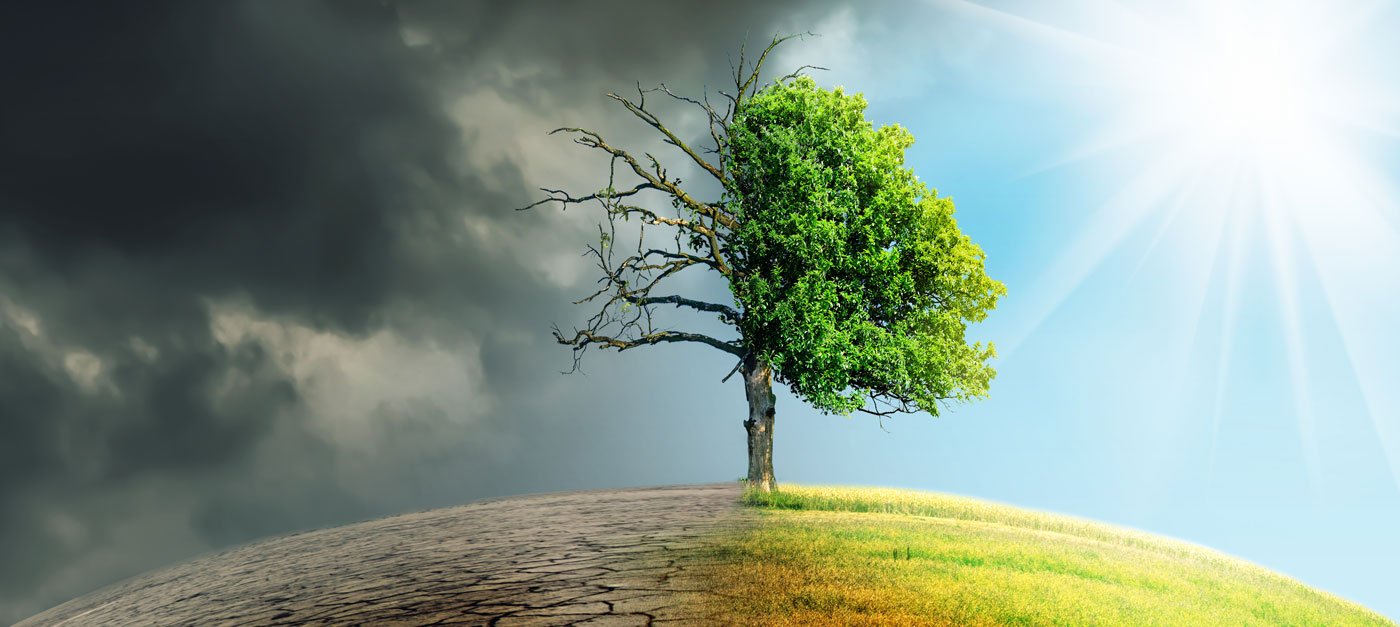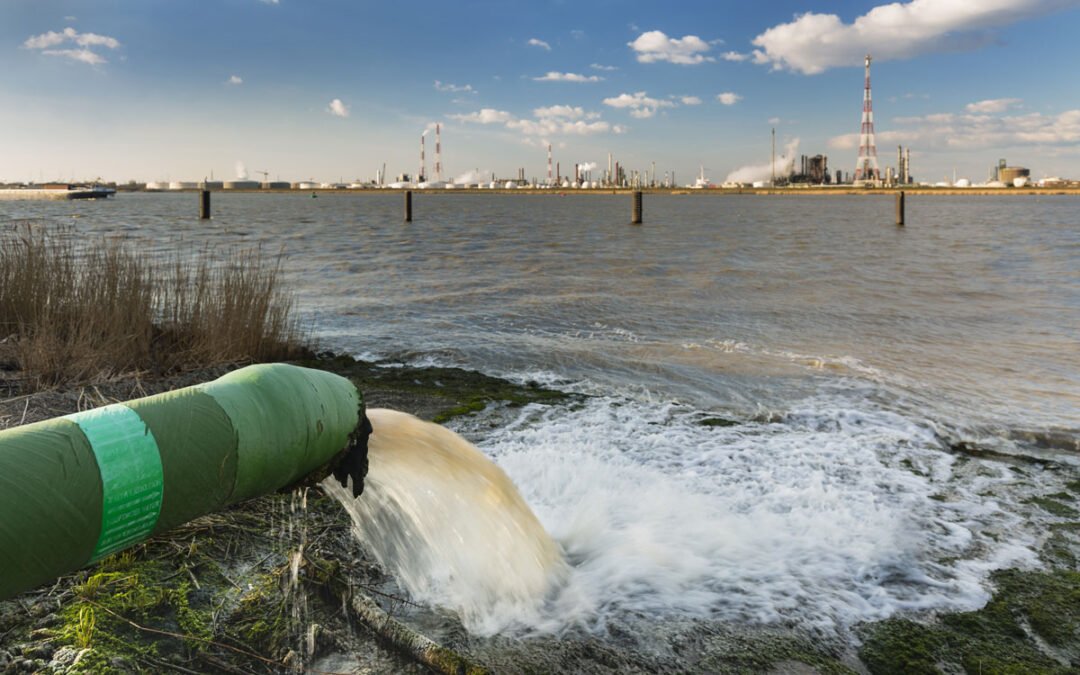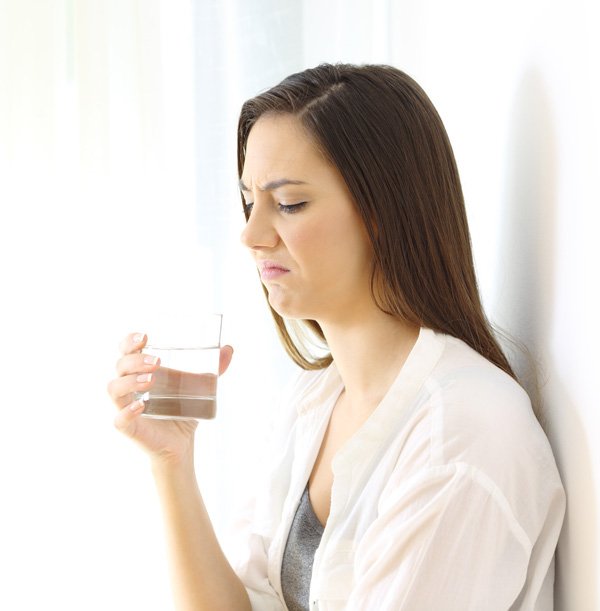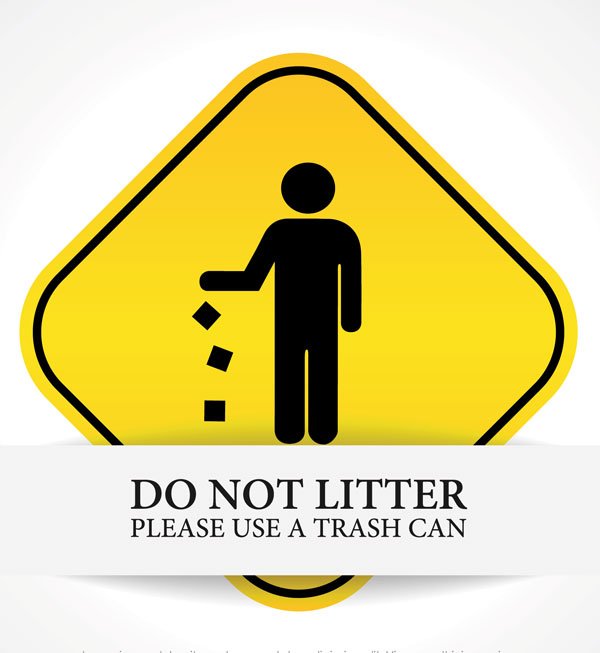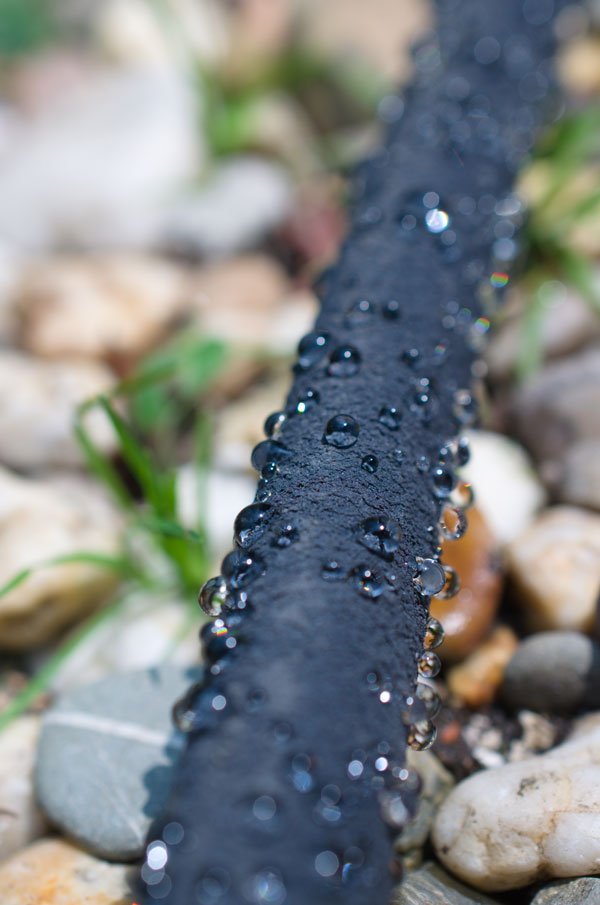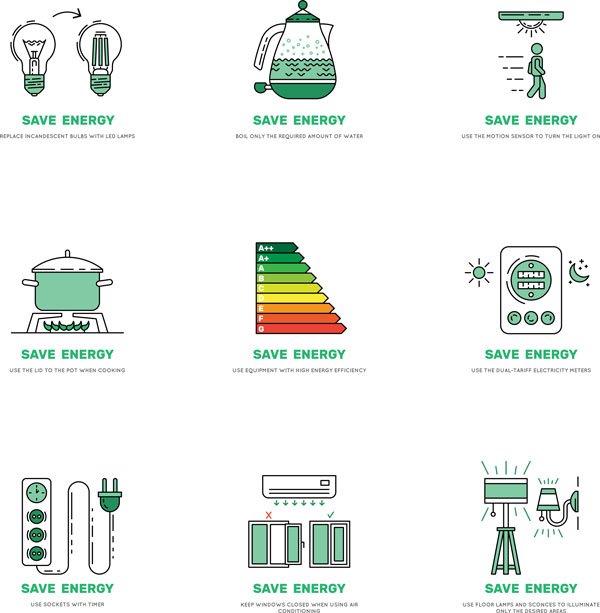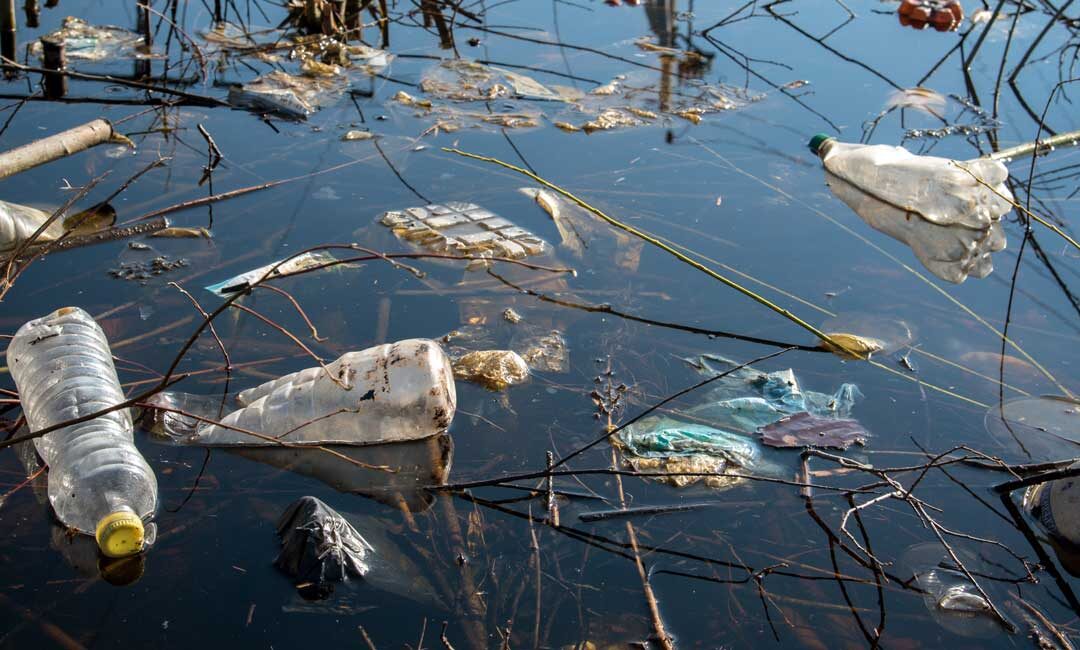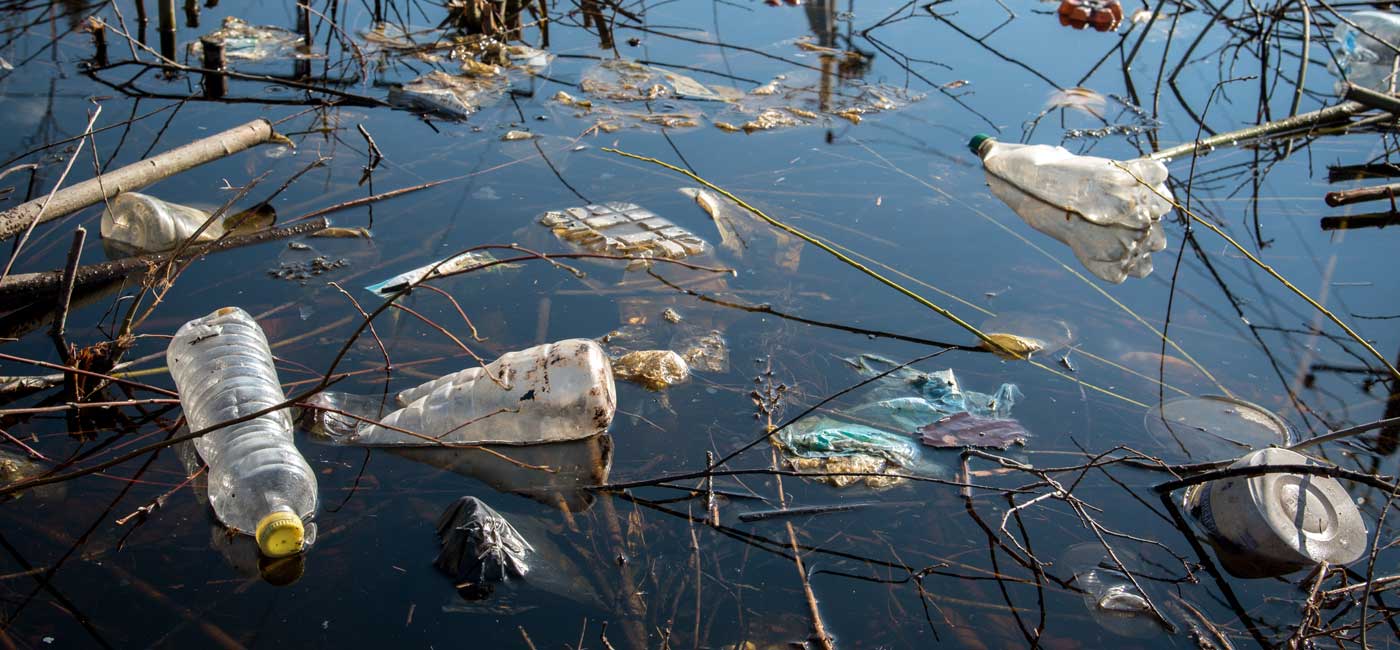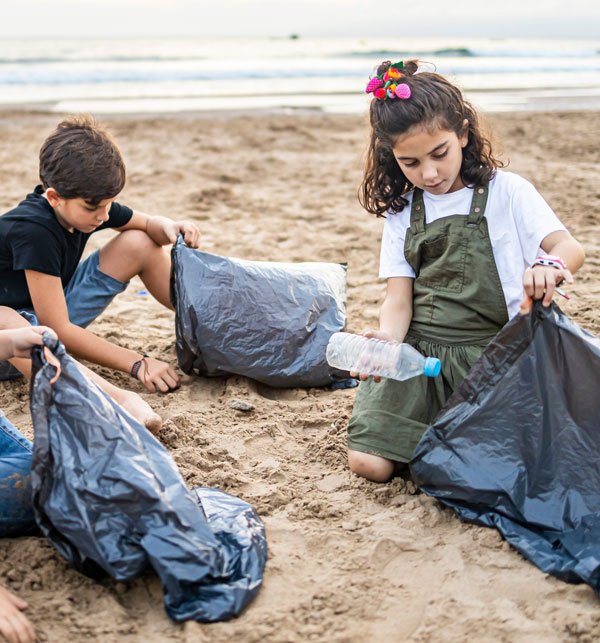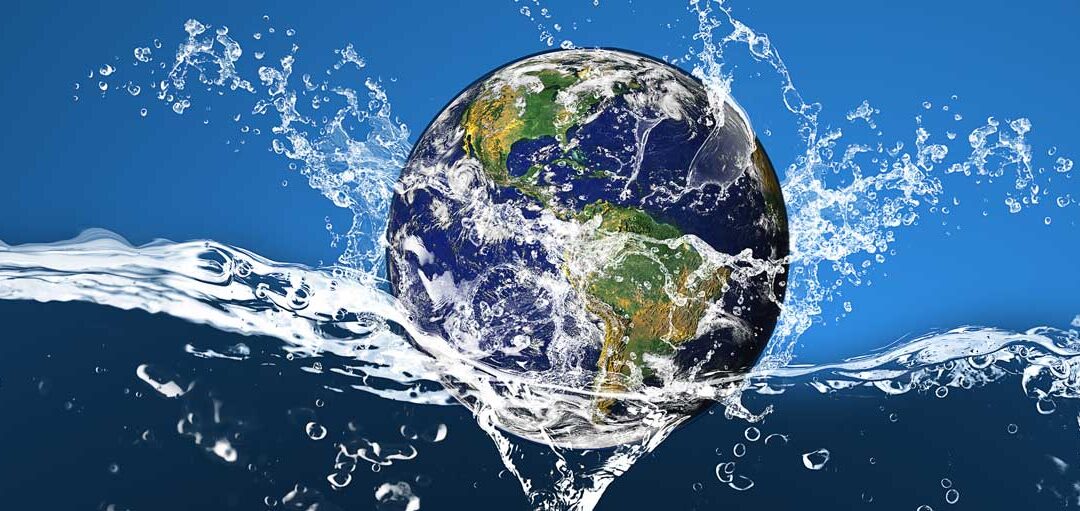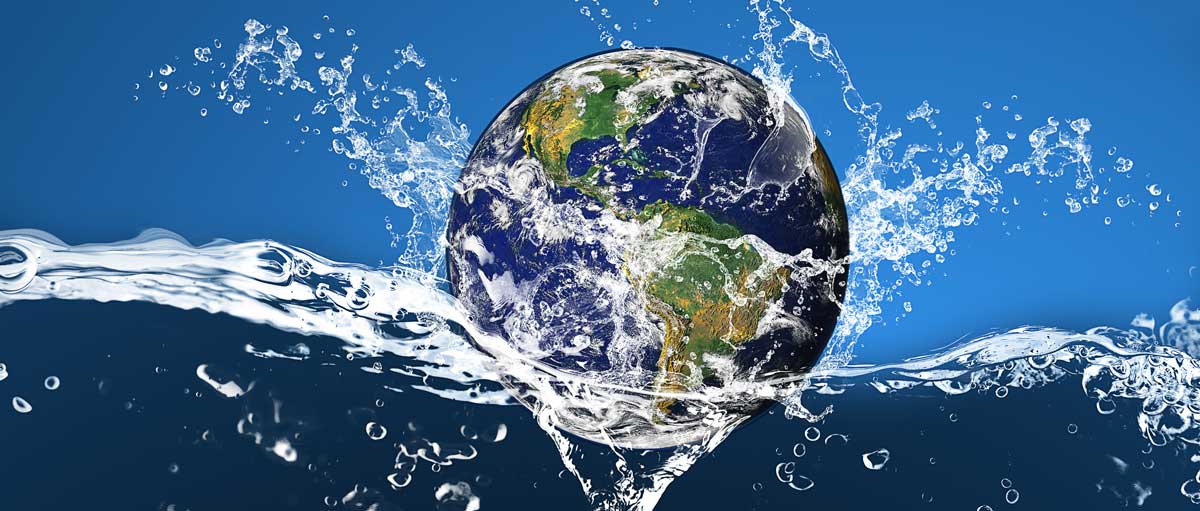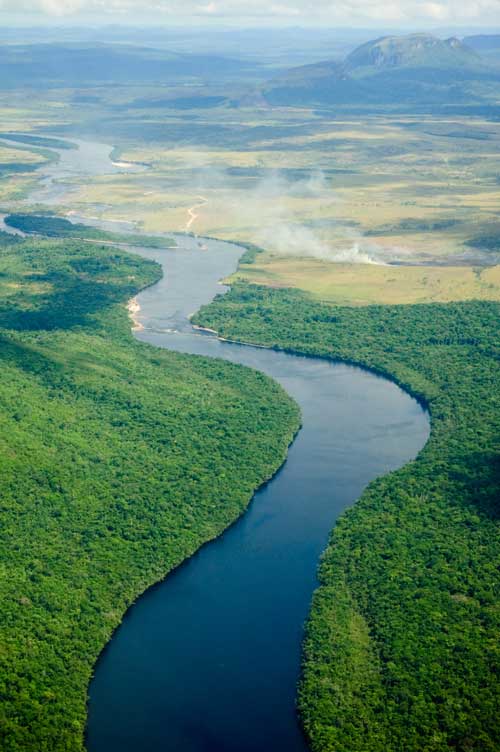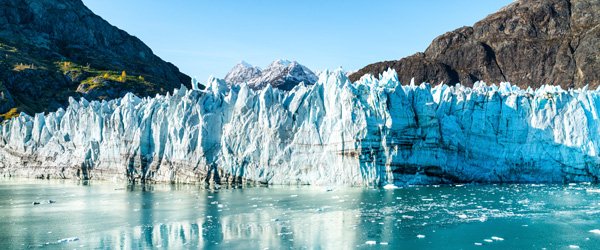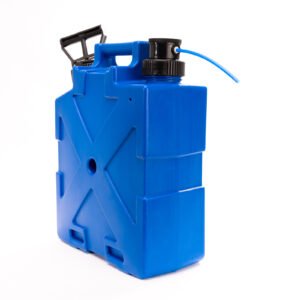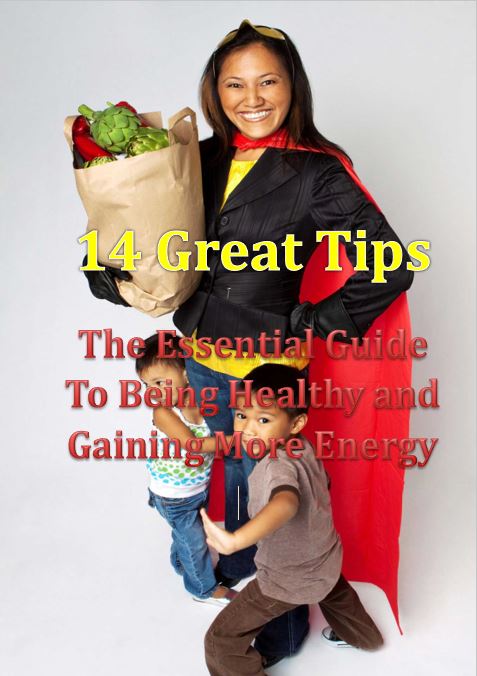
14 Tips for a Healthier and Energetic Life
14 Great Tips – The Essential Guide To Being Healthy and Gaining More Energy
Working moms, dad, and adults are the modern-day superhero; every day, they put others’ needs in front of their own.
If you feel overwhelmed by juggling kids, work, and the household, this essential guide will help you slow things down and start enjoying your life again.
It is full of tips and tricks- some you will already be doing and others that will seem so obvious it will be a surprise they aren’t already part of your daily routine.
Find the right job to suit your lifestyle
It sounds easy enough, but if you find yourself in a working environment where taking time off to look after your sick child is looked down on, it might be time to find a new job.
Having frequent conversations with your supervisor about your schedule, priorities, and options is the only way to keep the communication lines at work open.
Your boss and colleagues need to know how much time and effort you can commit. Honesty is the best policy as committing yourself to too much will mean your work and family life will both suffer.
Only you know what you need to balance your roles as Mom and employee, so make sure you make yourself heard.
BUILD YOUR SUPPORT NETWORK
It is impossible for you to do everything. No matter how hard you try. If a loved one offers their help, accept it. If your Mom offers to babysit the kids after school, thank her and accept the generosity. Just make sure you don’t abuse their help as grandparents aren’t full-time babysitters.
No matter how hard it seems, it’s so important to have an open, frank, and honest conversation with your partner or parents in your support network about your vision for a work/life balance. If your loved ones understand what you want and what you need, then there is less likely to be miscommunications down the track.
You need to strengthen your relationships to save your time and energy. Open communications are the only way. You will be surprised when you open the boundaries. Open communication lines with those close to you are the only way. Trust!
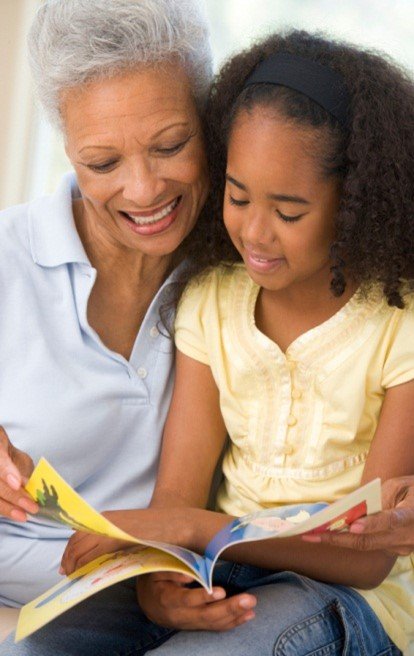
Get Organized
You need to put in place an organizing system that helps you run your home a little easier. Having a system is the best way to stay under your family budget while keeping your children comfortable with the routine.
Create a weekly meal planner
Having a weekly meal planner means you won’t be rushing out and spending money on last-minute meals. To make sure this runs smoothly, you need to sit down with all family members and see what they would like on the menu. Of course, take their suggestions with a grain of salt as your five years old might want waffles for every meal.
Keep an updated shopping list and take it with you to the supermarket!
To stay under the family budget, make sure you write a shopping list that works with your weekly meal planner. If you ever run out of something, make sure it goes on the list, be that milk, bread, or toilet paper. The second you run out, that item should be written on the list. This way, you won’t forget anything, and those last-minute trips to the supermarket will be a thing of the past.

Prepare for your day the night before
Lunches- When you make your kid’s lunches in a hurry, it is less likely to be healthy and contribute to a balanced diet. To reduce your stress, make the lunches for your entire family the night before. The easiest option is to use leftovers and put them straight into your kids’ lunchboxes.
If your kids are old enough, get them to make their own lunches. Set out the ingredients, let them choose their veggies, and another chore of yours disappears.
Not only will they are more likely to eat their lunch if they have made it themselves, but you are also teaching them a life skill!
Clothes- If you rush around first thing in the morning trying to find something clean to wear that day, then lay your clothes out the night before. It is so much more comfortable at night as the level of frustration is dramatically reduced as you are not rushed to find the missing sock!
Teach the kids this life skill and prepare as much as possible the night before they won’t be screaming or getting upset in the morning, turning the house upside down for that forever missing school shoe.
Backpacks– When your cell phone rings at 9 am, you know that your little one has forgotten that all-important book for the class she has every Monday morning. Help yourself and your kids by checking all books, pencils, pens, and rulers- everything that is needed for the next day is ready to go the night before.
Conquer your weekly Everest, the laundry mountain
It’s too bad fairy godmothers only exist in storybooks because once that laundry starts piling up, you wish you had one!
To relieve yourself of that heavy load, get yourself three clothes hampers-one each for darks, lights, and delicates. These should be communal hampers for the whole family, and to make sure this system works, you need to teach your kids and your partner where different colored clothes go. This will save you a lot of time and gives you some extra breathing space!
Another great tip is to fold the laundry while you do something fun. You and your spouse should talk about your day or watch TV while you fold. This really works. I find iron shirts while watching TV makes it goes really quick and quite therapeutic and less like a chore.
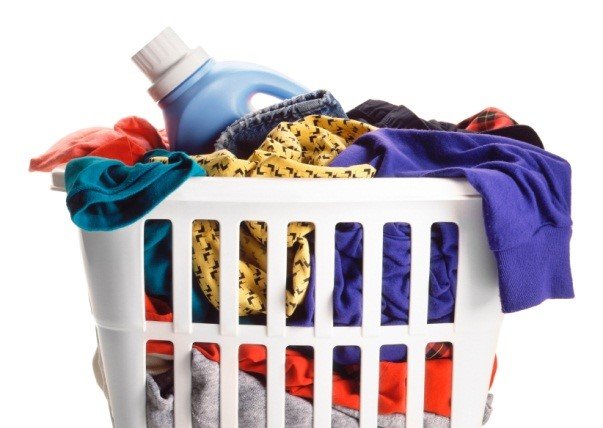
Get Active

Life goes past so fast, and it’s essential to make every moment count. Being healthy goes a long way. It means being active and doing everything you want! Sometimes fitting exercise into your schedule seems impossible, and it is usually the first thing to be left behind when things get busy.
Still, a healthy mom is a happy mom, so exercise is incredibly important.
Research has found that short exercise routines of 5-10 minutes can be just as effective as routines that last for 40 minutes-1 an hour, so that’s excellent news for time-poor moms. Having a routine has been found for individuals more likely to exercise. A routine of shorter bouts of exercise during their week, so don’t ever feel like a short bout of exercise won’t help you out.
It is surprising where you can do exercise. It can be done almost anywhere. It can be integrated and performed during everyday tasks. Try the hints below to add some subtle exercise into your day.
- Perform sets of squats while brushing your teeth in the mirror.
- Run up and downstairs as fast as you can.
- Park your car ½ mile further away from your work location. The extra distance does the incidental exercise.
- Perform lunges in your kitchen while waiting for food to cook.
- Perform pushups against the wall while in the shower.
- If you can catch the bus to work, try and do it at least once a week.
These are simply everyday tips that help fit exercise into your busy schedule. However, it would help if you still aimed to do at least ten minutes a day of a cardio workout, whether running, skipping, kickboxing, step classes, or cycling. Ten minutes a day isn’t much, considering it will transform your life.
Remember to stay flexible with your exercise regime as there will always be something that comes up. Instead of having a structured plan, simply take advantage of any free time you have and exercise. The half an hour before your kids get up in the morning is the perfect time to get active as you are relaxed and not yet weighed down by the stresses of your day.
Eat a Balanced Diet
Food is the most critical part of our existence. Sure, exercise is essential, but eating is the best way to get what your body needs to thrive. A balanced diet with not too much meat, low in fried food, sugar, and salt can dramatically increase the benefits of all that exercise.
We all know the temptations are out there. Everyone is working long hours and doesn’t have the time or energy to make something healthy and, ultimately, time-consuming. However, healthy eating doesn’t need to be about strict nutritional planners or staying unrealistically thin, or even going without the foods you love! It is about having more energy and feeling great, and the way to do it is to learn some of the nutritional basics before finding out what works for you.
Remember that healthy eating isn’t about what you eat but rather how you eat. Your choice of food types can help protect your body against illnesses such as cancer, diabetes, heart disease, and defend against depression. If you eat correctly, you can boost your energy levels, improve your memory, and stabilize your mood.
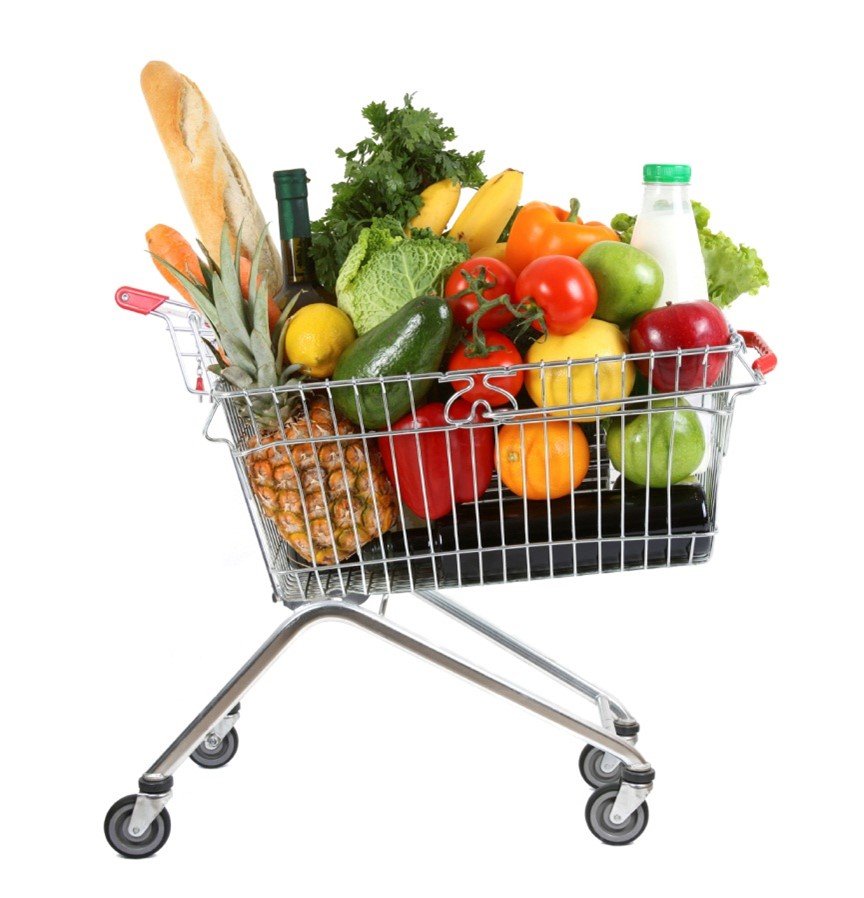
You need to simplify your balanced diet:
- Forget counting calories or measuring your portion sizes- start thinking about your diet in terms of freshness and color. This way, it will be easier to make healthy choices. Find a recipe you love and try to incorporate as many fresh ingredients as possible.
- Don’t go cold turkey- attempting to change your diet overnight is the way to set yourself up for failure. Make small steps like adding a side of salad or switching chocolate to natural mixed nuts as a snack.
- Having the right balance and being aware of your foods is essential. There is no need to take out foods you love to have a balanced diet. Your long term goal is to have more energy and feel happier. Don’t let any mistakes make you fall off the wagon; every healthy choice you make is a step towards a better lifestyle.
Water and exercise should be included in your healthy food pyramid.
- Water is an integral factor in a healthy diet. Water is a critical ingredient for our bodies. It flushes out waste and toxins from your body. Most of us don’t drink sufficient water each day. It has a detrimental effect on our kidneys. Often we mistake thirst for hunger. Make sure you keep hydrated, so you aren’t mistakenly eating when you are really just thirsty. Have at least 2-4 glasses between meals and have a glass of water just before snack or coffee or tea breaks
- Find something active that you love and add it to your daily plan. Whether that is going for a walk, run or taking a gym class.
A healthy staple diet is about moderation and consideration. A myth exists that you need an all or nothing approach to eating healthily, but this isn’t the case. You simply need to moderate how much you eat.
- Do not label certain foods as off-limits, as this will make their temptation that much stronger. If you love sweet or salty foods, try and reduce your portion size or how often you eat them. You will gradually crave for these foods less often.
- It is all about smaller portions. When you are at home, use smaller plates and visual cues. For example, your portion of meat or fish should only be the size of a deck of cards. While eating out, though, portion size can be a lot harder, so try sharing a meal with a friend, or choose an entree instead of the main meal. Try buying smaller plates to dish out the main meals.
This truly works.
It is not what you eat but how you feel about your food that affects how well your healthy diet will stick.
- Try and eat with others whenever possible. You will receive the social benefits of being with others while picking up on other healthy habits. Having distractions often leads to overeating. Examples of this include eating meals and snacks in front of the TV or PC. It leads to mindless overeating.
- Cook for others. It will help you re-establish your relationship with food. If you love to cook, you will soon realize how fantastic it is to cook fresh and delicious ingredients rather than shelf-life products. Your recipes will taste better for it, and before you know it, you will be eating healthier.
- Stop rushing through meals and savor each bite. Chew your food slowly and learn to reconnect with the joy of eating.
- Breakfast is the most important meal of the day for a reason, and that’s why you can’t miss it. A healthy breakfast in the morning and smaller meals throughout the day will speed up your metabolism.
Fruit and vegetables are the main ingredients of a balanced diet; Harvard’s School of Public Health recommends you eat a least nine servings of fruit and vegetables a day. Below are some ideas to keep your family full of fruit and veggies!
- Keep fruit and vegetables out where you can see them. That way, your family is more likely to eat them.
- Remove temptation away from you and your kids. The secret chocolate stash has got to go! Don’t buy it!
- Get some fruit and vegetables in every meal of every day. That means there should be fruit in your breakfast and veggies in your lunch and dinner.
- Choose something new and exotic that will spice things up in the kitchen.
- Put the fruit and vegetable center stage of a meal.
These ideas and tips will help your family to be healthier and happier.
Keep Hydrated
Water is probably the most vital resource your body needs to perform at its best. You are being dehydrated with many side effects, including being tired and lethargic. Avoid being exhausted at the end of the day by drinking water throughout the day. You will be more energetic a the end of the day if your body is hydrated.
Some facts about water and your body:
- Your body is made of up to 60 percent of water. Every organ in your body relies on it.
- Your brain is 75 percent water; according to the Registered Dieticians of the Suntory Good Health Advisory Board, even the slightest dehydration can cause fatigue, headaches, and dizziness.
- According to the Department of Environmental Quality, the average adult needs to drink at least ten water cups a day.
- You lose a lot of the water in your body through breath, sweat, urine, and bowel movements. So if you are exercising or are having an incredibly stressful day, you need to be drinking even more!
- Plain clean drinking water is the only way to hydrate. You can drink tea, or coffee can actually dehydrate you, and juices have higher sugar content. Water is the best source to keep you from dehydrating.
We could give you the usual tricks to help you keep hydrated, like putting a slice of lemon in your glass to create some flavor, but the one thing that is important when it comes to keeping hydrated is whether what you are drinking is clean and safe.
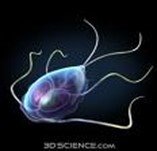
Some taps and bottled water has bacteria, Giardia, Cryptosporidium, which can be fatal to your health.
As an added precaution for yourself and your family, the best product to give you purified water is through a SureAqua product www.SureAqua.com

The water bottles are so handy that your kids can take them to school, and at home, the filtration straws can be used just like any ordinary straw. Sure Aqua can filter below 0.1 microns, so none of the little nasties make their way through the Survival Straw. Plus, it works under your family budget as it costs less than $0.03/litre to have filtered and safe water for the whole family!
To look after yourself and your family, you need to ensure you are drinking enough water. Make sure the water is free from bacteria, viruses, and unwanted chemicals. Use Sure Aqua products is an acceptable means of having assurance.
The water bottles are so handy that your kids can take them to school, and at home, the filtration straws can be used just like any ordinary straw. Sure Aqua can filter below 0.1 microns, so none of the little nasties make their way through the Survival Straw. Plus, it works under your family budget as it costs less than $0.03/litre to have filtered and safe water for the whole family!
To look after yourself and your family, you need to ensure you are drinking enough water. Make sure the water is free from bacteria, viruses, and unwanted chemicals. Use Sure Aqua products is an acceptable means of having assurance.
Technology is Here to HELP!

It can be exhausting feeling like your mobile phone is a surgical attachment to your body, but that little box of technology really can be a blessing!
Think back to how much more difficult life was without your techy pals when everything was written down? Shopping lists and paper were flying around everywhere, and the post-it note with that actual number always disappeared when you needed it!
Now you can have your entire life organized; you can carry around a library of books, music, documents, do your banking, go shopping, and chat with friends- all on the one piece of techy gear, so really the possibilities are there. It is just up to you to get yourself organized in the new techy world.
Manage your finances
Paying your bills online is one of the simplest ways the internet has changed people’s lives. If you organize your bills properly, it means those rushed trips to the bank between work and picking up the kids from school becomes a thing of the past. No more waiting in line for a teller or running to make it to the post office by 5 pm.
Keep better track of your monthly finances by checking your accounts each day online, so there are no more nasty shocks. If you have multiple accounts and credit and debit cards, it may be worthwhile to have some kind of financial management software that integrates all your monies.
Virtually every credit card company and many other services, including insurance firms and energy companies, also provide this option. Most companies and banks even provide automatic reminders via email or text messages to remind you when something is due.
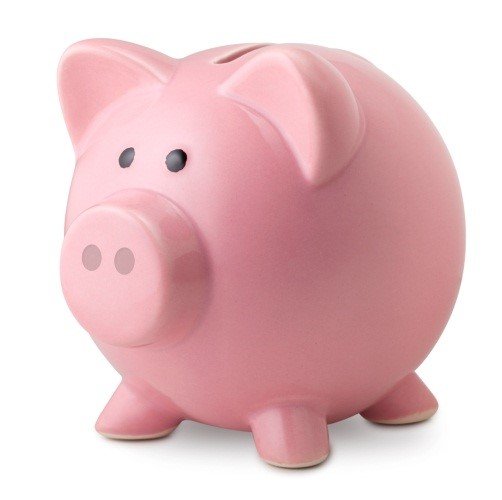
Stay in touch with your friends

Although you love your kids, many women feel like they get lost in an alternate universe of baby talk, forts, basketball training, and ballet lessons. When you aren’t at work, you step into the role of chauffeur, chef, and nurse, and those who meant a lot to you disappear from the picture.
Your friends you lose are not only the adult conversation that doesn’t center on diapers or math lessons.
One of the best ways to stay involved in your friend’s lives is to join Facebook or other social media systems. You can compare your schedules and reconnect with old friends while getting lost in the cyber social world.
Facebook is like a bar where everyone you know is there. You can chat with one person, drop into another’s conversation, or avoid the guy who wants to show you 20 photos of his new car. Escaping onto Facebook once a day will make you feel more social. Be careful not to compare yourself to what people are doing or saying on social media. It is often over-exaggerated. And it is a way to get back something you thought you had lost.
Another reason to jump on the Facebook bandwagon is that a recent Cornell University study showed that the site positively influences our self-esteem. When we set up a profile, we choose what we reveal about ourselves and filter out anything that we think is negative. Public feedback and compliments from our Facebook friends also boost our self-esteem.
Learn to Say “NO”
Everyone is vying for a working mom’s attention- her kids, partner, friends, boss, and colleagues. Requests and demands are coming from everywhere, and there is little chance you can keep everyone happy. You don’t like saying no to anyone because you don’t want to disappoint them. Saying yes to everyone, you will still disappoint people because you can’t do your best if you’re spread too thin. It hard to say no, but people will respect you for it. You will realize it is to the benefit of everyone.
It would help if you learned to say ‘no’ to people’s requests, it might seem obvious, but it isn’t easy. Prioritize your life, goals, and tasks. Say no to requests and demands that aren’t pressing or essential. Saying no is probably the biggest favor you can do for yourself and your family. Surprisingly, you will realize how much more free time you will have to be able to enjoy life more freely.
Saying “no” and not eventually saying “yes” is difficult for most of us. Try these steps to help you let people down efficiently and successfully.
- Say, “I am sorry, but I can’t do this right now.” Use a firm but sympathetic tone so that the person knows you are serious, but you are still apologetic about declining their request. If you are pressured to answer, why reply that it doesn’t fit into your schedule at the moment and then change the subject. Most people will leave the situation at that but if not, just repeat that it doesn’t fit into your schedule and try to change the subject again. If you continue to feel pressured, walk away. It is wrong for someone to pressure you to say “yes,” and it is your right to say “no.” You do not owe anyone an explanation.

- For very pushy people, they often don’t like to be rejected. A good strategy says, “I will get back to you.” This works well if you aren’t very good at dealing with a pushy person. It is okay for you to tell them you will think about it and get back to them. This way, you can look at your priorities and determine whether you want to give them a “yes” or “no.” This is a good strategy as you don’t usually find yourself a double booking.
- If you really do like the offer but don’t have the time, it is okay to offer a lesser commitment. The phrase, “I can’t do this, but I can help you with.” would work well in this situation. This way, you get the best of both worlds by being partially involved but not missing out.
- When it comes to saying no in the working environment, it can be challenging. We usually feel as if we have to always say yes to our boss
Smile, Life isn’t as bad as it seems
One of the best things you can do for yourself is to view the world positively. A terrible finding in many recent studies has shown that over 97 percent of women are likely to think and speak negatively about themselves than view themselves positively.
Negative thoughts can damage self-esteem and affect the quality of relationships. What’s worse is that all that negativity is detrimental to your physical health by increasing your risk of high blood pressure, stress, and other medical conditions. Fortunately, though, it can be easy to turn that frown upside down!
- There is no benefit to degrade yourself on any aspect of life, from career to family, to intelligence to the body. It only makes you feel bad in so many ways. Accept yourself for who you are and all the good things you represent. You can acknowledge that the weakness may not be ideal but that it is a part of your life, and you accept it.
- Quit comparing yourself to your peers or those in television and magazines. This is unfair to yourself. They live very differently under entirely different circumstances. Comparing yourself is not justifiable. Each individual has their own strengths and weaknesses. This can become a very unhealthy habit, so try and catch yourself out to try and quit.
- Feel happy after looking at photos of your loved ones? If so, surround yourself with their photos so that their smiling faces will be looking back at you whether you are at your desk or in the kitchen.
- Small things like setting up a vase with fresh flowers in your home will lighten your mood.
- Try and catch yourself out if a negative thought about yourself crosses your mind. When you look in the mirror, don’t let your mind say, “I’m too fat/I hate my legs/my boobs are so small/my belly is too large.”
You need to cease this negativity immediately. And say the reverse aloud. If you wouldn’t say it to others, then don’t say it to yourself.
Have positive energy in a household is contagious. The family and friends will thrive off your energy, and you will be a better person for it.
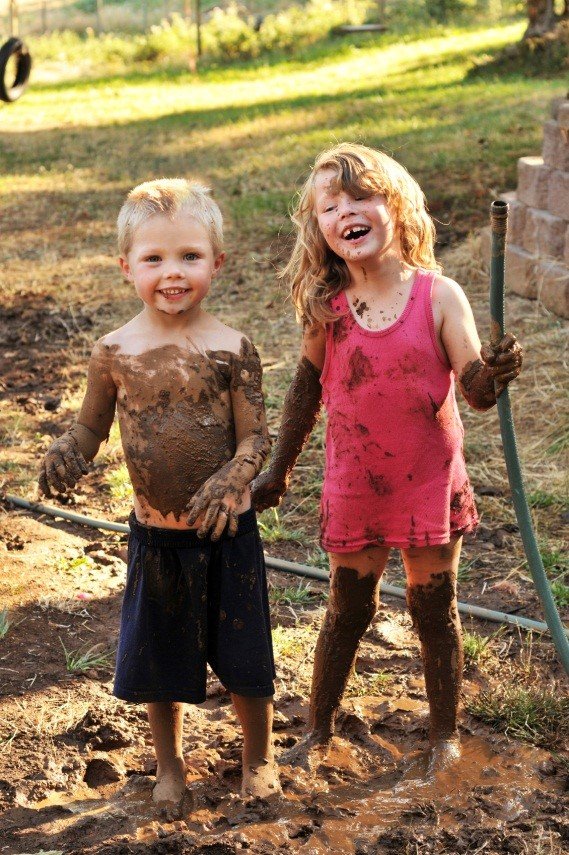
Keep Motivated
As we have discussed above, positive thinking is the key to a happy life, but how do you keep up the motivation to stay positive. Is there a way to wake up every morning and smile? Yes, there is! Even though there is a long list of things you need to get done each day, we have a choice
We know we can! Here are some tips that we use to try and get the most of each and every day!
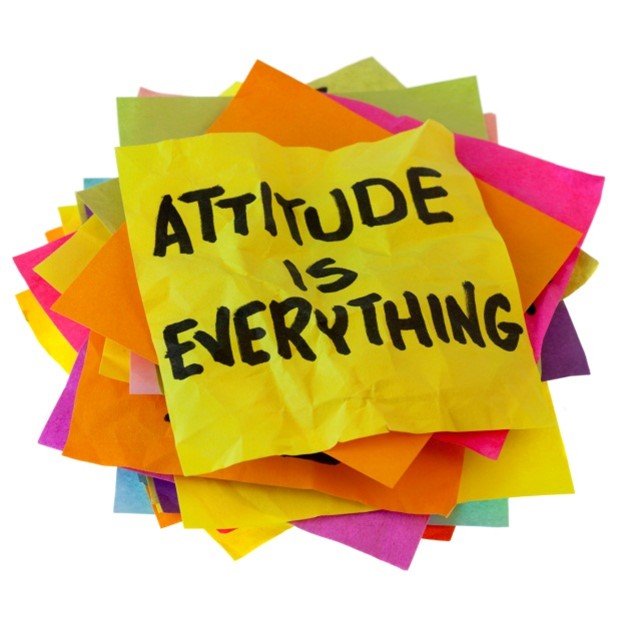
Sometimes when I am not motivated to do something, I think about how this opportunity or moment will disappear and that once it is gone, it’s gone forever. That usually is a pretty good way to get yourself into the mindset that it is essential to embrace life to the maximum, take advantage of anything that comes your way. Sometimes the most important things you will experience in life are hidden behind an unappealing task.
- Do less and do more of the things you want to do. This way, you are more motivated to perform your tasks as they are things you really enjoy.
- Get excited. The positive energy that comes with getting excited about an event, task, or goal is immeasurable to your happiness.
- Call for help if you feel yourself sinking into a slump. Your loved ones are there to help. A glass of wine, along with some laughs, will restore your faith in no time.
- Think about the benefits of doing something and ignore the difficulties you may face. A huge obstacle is thinking about how hard something will be rather than just getting up and doing it. For example, don’t think about how tiring exercise can be. Think about how fantastic you will look if you continue to do it.
Take some time for yourself and enjoy life!
You are being run off your feet, and everyone is vying for your attention. With the organizing tips mentioned above, life should slow down a little, but what you really need to do is relax and do something for yourself.
Working moms put their needs last, but if you want to be the best mom/partner/employee, you can be, you need to take time for yourself.
Relaxation is unique to the individual. For you, it could be taking a slow walk around the block, listening to music, reading a book with a cup of tea, or having a bath.
If you are stressed out, your negative energy will affect your family. Basically, if you aren’t happy, your family isn’t happy. If you take half an hour out of your day to do something you really enjoy, then you will be a lot happier for it.
Your family will respond much better to a mom who is refreshed, relaxed, and content.
Moms, if you follow this guide, it should make your life a little easier, but each household is different, and you need to figure out what works best for you and your family.
You just need to make sure you take a step back, relax, and do something for yourself.
Enjoy your life!
